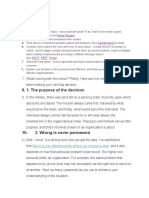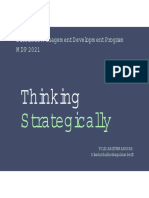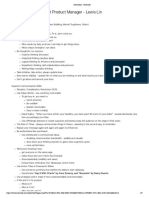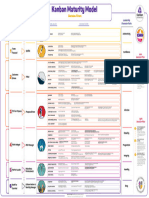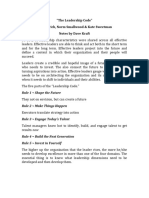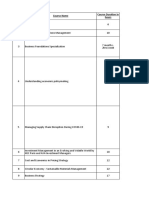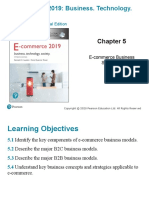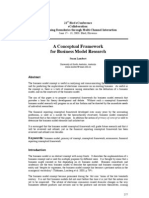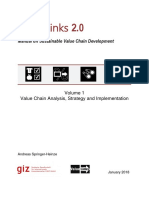0% found this document useful (0 votes)
21 views5 pagesDecision Making Process
The document outlines a comprehensive decision-making process emphasizing the importance of collaboration, understanding stakeholders, and defining clear goals and criteria. It highlights key principles such as being bold, proactive, and maintaining an infinite mindset while providing a structured approach to problem investigation, stakeholder identification, and execution. Additionally, it discusses the significance of measuring outcomes and implementing systems to enhance effectiveness and empower teams.
Uploaded by
taylorneugentCopyright
© © All Rights Reserved
We take content rights seriously. If you suspect this is your content, claim it here.
Available Formats
Download as DOCX, PDF, TXT or read online on Scribd
0% found this document useful (0 votes)
21 views5 pagesDecision Making Process
The document outlines a comprehensive decision-making process emphasizing the importance of collaboration, understanding stakeholders, and defining clear goals and criteria. It highlights key principles such as being bold, proactive, and maintaining an infinite mindset while providing a structured approach to problem investigation, stakeholder identification, and execution. Additionally, it discusses the significance of measuring outcomes and implementing systems to enhance effectiveness and empower teams.
Uploaded by
taylorneugentCopyright
© © All Rights Reserved
We take content rights seriously. If you suspect this is your content, claim it here.
Available Formats
Download as DOCX, PDF, TXT or read online on Scribd
/ 5











